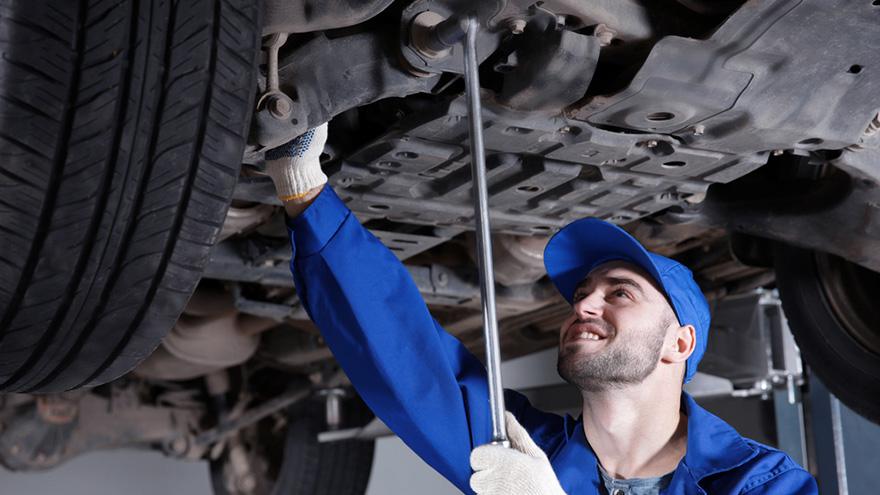COMMENTARY: An unlimited source for pre-owned inventory: The service drive

Automotive dealers have pivoted in the wake of inventory shortages due to pent-up demand, chip shortages and other manufacturer shortages. This has skyrocketed the interest for pre-owned vehicles —giving automotive dealers high incentives to find trade-ins or buy used vehicles at auction to stock their lots for the incoming buyers.
It isn’t as simple as putting vehicles on lots. Cox Automotive’s mid-year report showed a national average of a 46-day turn rate on used cars, meaning vehicles are sitting for more than a month before a buyer whisks it away — not quite the hot market it once was.
However, that figure is significantly less based on the type of used vehicle on the lot. Used vehicles acquired through the service drive at dealerships often have a significantly quicker turn rate — one-third that of the national average.
So that begs the question: why are these used vehicles in higher demand than other pre owned vehicles in the market?
1. Vehicles regularly serviced at dealerships are usually better maintained than vehicles serviced independently.
Vehicles serviced regularly at a dealership are maintained by certified technicians to manufacturer specifications with genuine OEM parts. With vehicles serviced at their own service drive, dealerships don’t have to worry about the risks that come with vehicles maintained at independent service centers or by do-it-yourself owners, such as cheaper or defective parts that often result in a shorter life for the part or even the vehicle itself.
In addition, owners that service their vehicles at the dealership demonstrate they’re willing to put in the effort and financial investment to keep their vehicle in tip-top shape with help from reliable, trusted sources. That commitment often trickles down to the everyday maintenance, such as using the manufacturer-recommended fuel and servicing the vehicle at appropriate intervals, resulting in an overall better vehicle condition.
2. Vehicles serviced at dealerships often still have a valid manufacturer’s warranty.,
Vehicles serviced through a dealership are maintained by factory-trained technicians to manufacturer specifications. This means these vehicles often still have a valid manufacturer’s warranty — a highly-prized asset for the next buyer. Dealers are more likely to label these as certified pre-owned vehicles where incoming buyers can take over existing warranties, or the dealers themselves may feel confident enough to validate an extended warranty, giving potential buyers assurance the vehicle is expected to last.
3. Vehicles serviced at the dealership have known histories.
Never-seen-before trades and vehicles bought at auction have unknown histories that come with a larger risk for dealers and potential buyers alike. These vehicles require dealers to raise the price to cover insurance costs, in addition to fees if purchased at auction. The combination of these factors reduce the appeal for buyers as the vehicles are pricier and/or come with more risk, resulting in vehicles that sit on the lot longer and cost dealers more money for marketing and advertising.
Pre-owned inventory is hotter than ever, as new-car prices have increased on average 11% in the last year alone. While many buyers have put off purchasing an upgrade vehicle under the assumption prices would reset, that hasn’t been the case and doesn’t look to be the case any time soon.
These factors will drive more buyers to consider pre-owned inventory, but dealers should consider where they get that inventory to protect their buyers, their reputation and their floor plans. With a large percentage of repair orders in a service drive coming from owners who did not purchase the vehicle from that dealership, this not only gives dealers access to new inventory — but new buyers as well. Dealers who tap this unlimited well for pre-owned inventory are likely to find a new source for conquesting customers as well.
Alex Snyder is the co-founder and CEO of Frikintech.

 View The Latest Edition
View The Latest Edition

